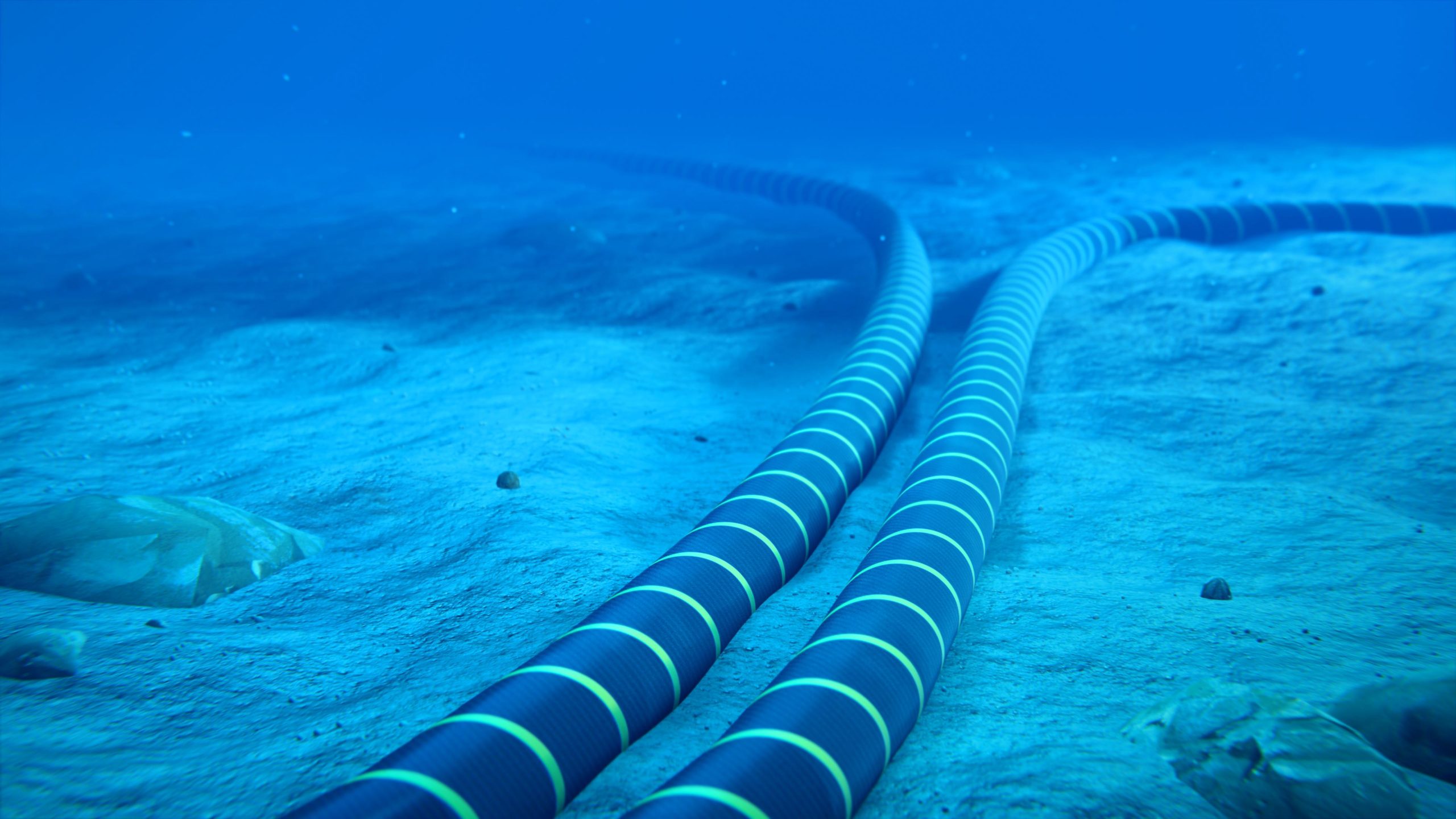Developers north & south of the Border are eager to use Britain’s seabed as sites for carbon capture, use & storage (CCUS), a poll by the two Crown agencies responsible for marine geology has found.
Fifteen of 22 CCUS developers who answered a survey jointly run this spring by the Crown Estate & its Scots equivalent – Oigreachd a’Chrùn Alba, for Gaelic speakers – expressed aspirations to develop CO2 storage facilities on Britain’s continental shelf & beyond.
From their probing of developers’ thinking, analysts at the sovereign real estate agencies conclude:
- Desire exists now to bring as many as 37 sub-seabed carbon stores into operation by 2035, plus 25 more by 2050. Interest in sub-seabed hubs already running at these levels sends a positive signal, the agencies report, reinforcing CCUS’s role in achieving Net Zero.
- Though all compass points are in play, the southern North Sea attracts most interest from entrepreneurs. Proximity to heavy carbon-emitting clusters such Humberside and Teesside underlines the potential of that marine zone.
- Transport figures in developers’ minds as the sector soonest to benefit from CCUS. Several prospective projects showed a preference that ventures should be close to transport depots and seaports, and heavy industrial emitters of CO2.
- Both leasing and licensing processes affecting storage hubs need streamlining, developers told the poll. The Crown Estate and Crown Estate Scotland supervise the former. The North Sea Transition Authority grants & polices permits covering safe operation of gas reservoirs.
Overall, say the agencies, the 15 responses show strong willingness among developers to support progress towards targets set in the Climate Change Committee’s Sixth Carbon Budget.
Enshrined in law, that declaration from April 2021 commits UK governments to eliminate 78% of carbon emissions by 2035. For the first time, the sixth budget includes the UK’s share of carbon pollution from aviation and marine shipping.
“CCUS has a key part to play in the UK’s journey to net zero”, Nicola Clay, the Crown Estate’s head of new marine ventures observed.
“This market engagement, and the data it has provided, will prove invaluable when it comes to shaping the UK’s carbon storage sector. It will enable us, Crown Estate Scotland, government and the NSTA to continue guiding the market toward injection”.
Sian Wilson, Clay’s equivalent at Crown Estate Scotland, said: “The findings of this engagement with key industry partners confirms both the appetite and some of the requirements needed to take CCUS to the next level.
“Crown Estate Scotland is working closely with our partners …to enable interested project developers to both develop appropriate access to seabed and support more deployment of CCUS in Scottish waters. Alongside our ambitious programme of offshore wind projects, such actions have the potential to help transform the UK energy market.”




